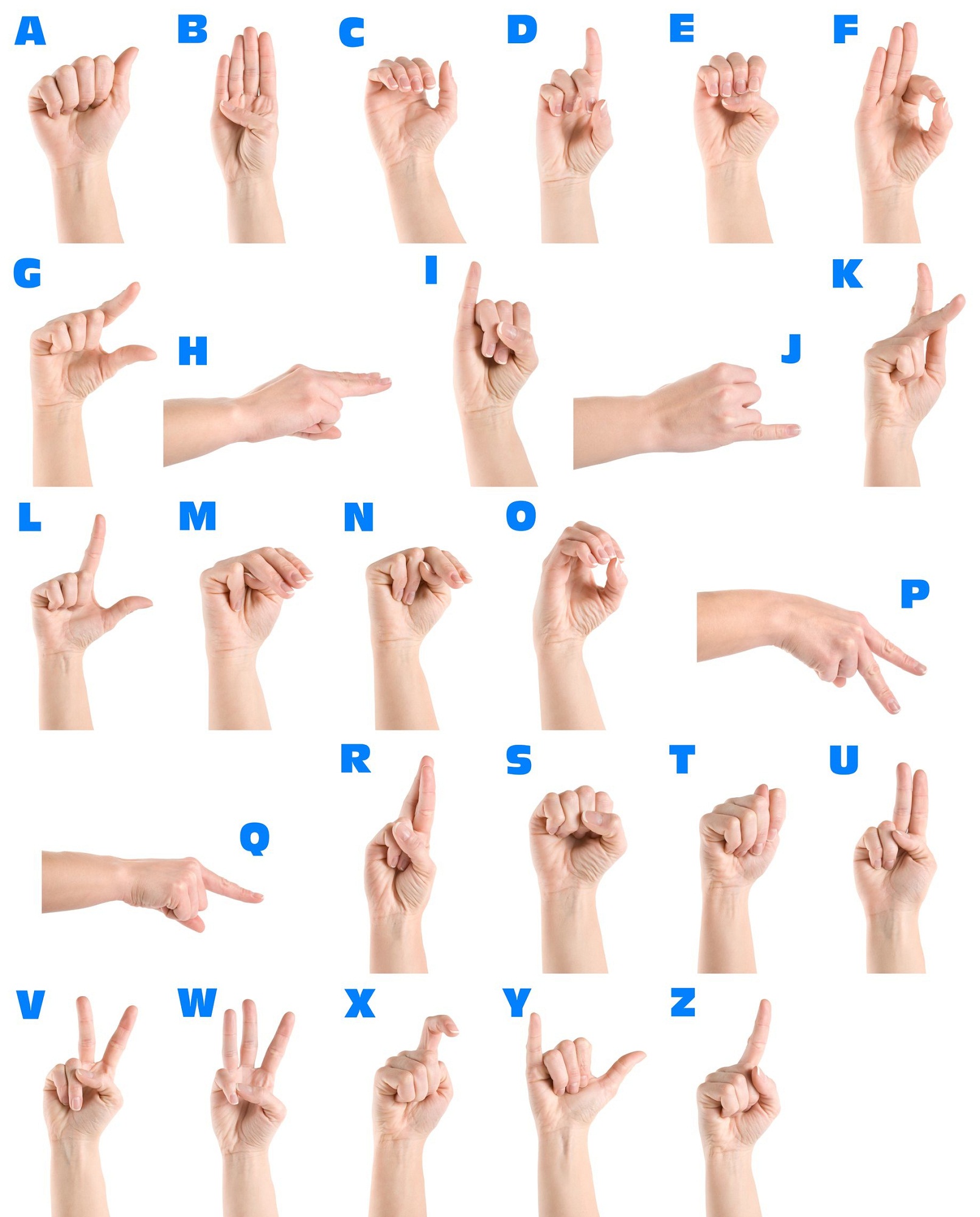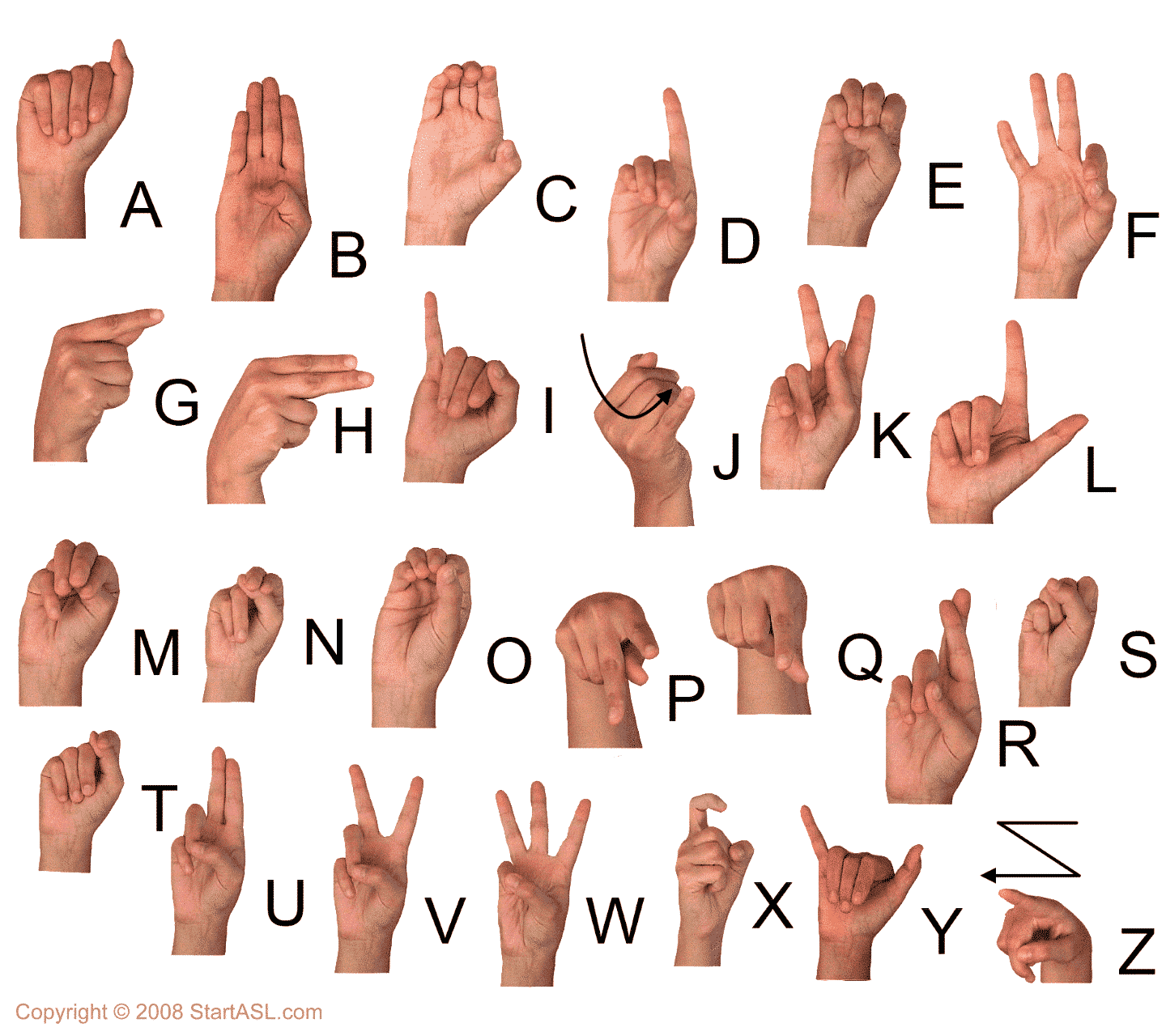Sign Language - A Way To Connect And Communicate
Connecting with others, sharing thoughts, and truly being heard feels like a basic need for all of us. It shapes how we experience the world, how we learn, and how we form bonds with people around us. When we can speak freely and understand what others are saying, it feels, you know, quite natural.
Yet, for some people, expressing themselves with spoken words or making sense of what others say can be a real hurdle. These communication challenges can come from many different places, making everyday interactions a bit tougher. It's not about a lack of things to say, but rather, in some respects, about finding a clear path to say them.
This is where another kind of communication, a truly visual one, steps in. It offers a powerful way for people to share their ideas, feelings, and needs when spoken language just isn't the right fit. This method, often called sign language, provides a means to bridge those communication gaps, allowing for a deeper, more complete connection, actually.
Table of Contents
- What is Sign Language, Really?
- How Does Sign Language Support Communication?
- Who Benefits From Learning Sign Language?
- Sign Language and Early Development
- Beyond Spoken Words - The Reach of Sign Language
- Sign Language - A Bridge for Connection
- What About the Grammar of Sign Language?
- The Visual Aspect of Sign Language
What is Sign Language, Really?
When we talk about sign language, we're not just referring to simple gestures or pantomime. It's a fully formed language, complete with its own rules for how words are put together and how meaning is made. Think of it like any spoken language, but instead of using sounds, it uses hand shapes, movements of the arms and body, and facial expressions. It’s a very rich way to communicate, allowing for a wide range of expression, you know.
Each sign language, like American Sign Language (ASL) or British Sign Language (BSL), has its own distinct vocabulary and structure. They are not universal, which is something people sometimes wonder about. Just as there are many spoken languages around the globe, there are many sign languages, each tied to its own community and culture, so.
Learning to use sign language means learning a whole new way of seeing and interacting with the world. It’s about understanding visual cues and expressing thoughts through physical actions, rather than sounds. It’s a complete system that allows for nuanced conversations, jokes, storytelling, and all the things we do with spoken words, too it's almost.
How Does Sign Language Support Communication?
For many, sign language serves as a core part of communication and speech support. It's a method that can be taught alongside other visual aids, like picture communication, to give people different ways to share what's on their mind. This approach is often used with individuals who find it hard to produce spoken words or to understand them, in a way.
This kind of support can be incredibly helpful for people who have trouble with language generally, including speaking or making sense of speech, or even with reading and writing. When spoken words are a barrier, sign language offers an alternative path for sharing ideas. It provides a visual outlet, which can sometimes be much easier for someone to grasp or produce, apparently.
The goal is always to open up communication, to ensure that everyone has a way to express themselves and to connect with others. Sign language, in this sense, is a powerful tool for inclusion, helping people participate more fully in daily life and interactions. It’s about giving a voice, or rather, a set of hands, to those who might otherwise struggle to be heard, you know.
Who Benefits From Learning Sign Language?
Many different people find real value in using sign language. For instance, people who experience memory loss or trouble with thinking, perhaps because of a condition that causes these difficulties, often find it a helpful way to communicate. When spoken words become hard to recall or put together, visual signs can offer a more reliable path for expression, so.
Individuals who have had strokes, for example, often face challenges with language. This can include difficulties with speaking, understanding what others say, reading, or writing. In these situations, sign language can become a crucial bridge, helping them regain some ability to communicate and connect with family and caregivers, really.
It's also a valuable tool for those with conditions that affect their behavior and attention. When someone has a short attention span or hyperactivity, traditional spoken instruction might be hard to follow. Sign language can offer a more direct, visual way to convey information, sometimes helping to focus attention and support better understanding, as a matter of fact.
Sign Language and Early Development
For children, especially, the early years are a time of rapid growth in language skills and social interactions. Sometimes, however, there can be noticeable delays in these areas. For instance, signs of autism spectrum disorder often show up early in development, with children having clear difficulties with language and how they interact with others, that is.
In these cases, sign language can be introduced as part of a broader support plan. It gives children a way to communicate their needs and wants before they might develop spoken language, or as a complementary method if spoken language remains challenging. This early intervention can make a big difference, helping them express themselves and reduce frustration, you know.
Behavior support often goes hand-in-hand with communication support. When children can express themselves more clearly, whether through spoken words or sign language, it can help with managing hyperactivity and improving attention. Being able to communicate can reduce outbursts that stem from frustration, and it can help them engage more effectively in learning and social settings, actually.
Beyond Spoken Words - The Reach of Sign Language
It's pretty clear that our personality, how we act, and our language skills are all tied together. When one of these areas is affected, it can have a ripple effect on the others. This is why communication methods, like sign language, are so important. They support not just the act of talking, but also how we show who we are and how we interact with the world, you know.
There are many situations where common difficulties can affect how someone behaves, their personality, their thinking patterns, their ability to make judgments, their language abilities, and even their physical movements. When language is impacted in these ways, finding an alternative communication method becomes incredibly important for maintaining a person's connection to others, so.
Sign language provides a way for people to keep expressing themselves even when spoken words are difficult. It allows for continued social interaction and helps maintain a sense of self and connection, which is pretty vital for anyone's well-being. It's about ensuring that a person's inner world can still be shared with the outside world, apparently.
Sign Language - A Bridge for Connection
When someone is struggling, especially with communication, it's really important to take action. If you notice difficulties with language, or perhaps even signs that someone is having a tough time with their thoughts, it's a good idea to encourage them to get some help. Sign language can be a part of that help, offering a new path for connection, in a way.
It’s about making sure that no one feels isolated because of communication hurdles. By learning or supporting the use of sign language, we can create more inclusive environments where everyone has a chance to share their voice, even if that voice is expressed through their hands. It’s about building bridges, rather than letting gaps form, really.
This kind of support helps people stay engaged with their surroundings and with their loved ones. It ensures that valuable thoughts and feelings can still be shared, preventing the kind of frustration that comes from not being able to communicate. It's a truly human approach to making sure everyone can participate, you know.
What About the Grammar of Sign Language?
One common question people have about sign language is whether it has its own grammar, just like spoken languages do. The answer is yes, absolutely. Sign languages are not simply a string of individual signs; they have their own complex rules for how signs are ordered, how facial expressions change meaning, and how space is used to show relationships between ideas, so.
For instance, in some sign languages, the way you move your hands, the speed of the movement, or even how your eyebrows are positioned can change the meaning of a sign. This level of detail means that sign languages are just as rich and capable of expressing complex thoughts as any spoken language. They have their own ways of showing tense, questions, and emphasis, too it's almost.
Understanding this means seeing sign language as a complete linguistic system, not just a set of simple gestures. It has its own structure, its own ways of forming sentences, and its own unique beauty. This is why learning sign language is like learning any new language; it requires dedication to its particular rules and ways of expression, actually.
The Visual Aspect of Sign Language
The visual nature of sign language is what makes it so powerful for many. It relies on seeing and being seen, on movement and observation. This is a very different experience from relying on sounds, and it opens up communication for people who process information visually or who cannot hear, obviously.
It’s about more than just the hands; the whole body and face are part of the communication. A slight change in a facial expression can change a statement into a question, for instance. This means that when you are communicating using sign language, you are engaged with the whole person, taking in all their visual cues, you know.
This visual richness makes sign language a truly expressive and complete way to share ideas. It highlights the many different ways humans can connect and understand each other, moving beyond just the sounds we make. It shows that communication is a very broad thing, with many paths to reach one another, really.
Looking at sign language helps us appreciate the many ways people connect and share their thoughts. From helping those with language difficulties or memory challenges to supporting early development in children, it offers a vital path for expression. It stands as a testament to human creativity in building bridges for communication, ensuring that everyone has a way to be heard and understood, in a very real sense.

Sign Language Images Printable | Activity Shelter

Sign Language Alphabet | 6 Free Downloads to Learn it Fast | Start ASL

Sign Language Sign